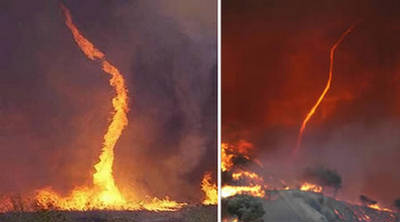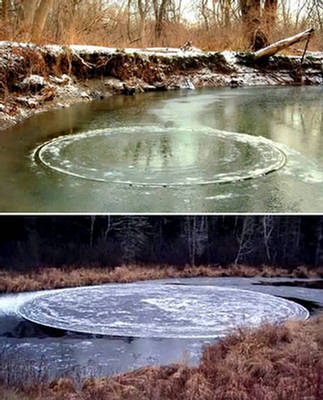Undoubtedly one of the most beautiful events to occur in our world, the Aurora Borealis, also known as the Northern Lights, has both astounded and amazed people since it was first discovered. This phenomenon ocurrs when the sun gives off high-energy charged particles (also called ions) that travel out into space at speeds of 300 to 1200 kilometres per second. A cloud of such particles is called a plasma. The stream of plasma coming from the sun is known as the solar wind. As the solar wind interacts with the edge of the earth’s magnetic field, some of the particles are trapped by it and they follow the lines of magnetic force down into the ionosphere, the section of the earth’s atmosphere that extends from about 60 to 600 kilometers above the earth’s surface. When the particles collide with the gases in the ionosphere they start to glow, producing the spectacle that we know as the auroras, northern and southern.

Also known as mammatocumulus, meaning "bumpy clouds", they are a cellular pattern of pouches hanging underneath the base of a cloud. Composed primarily of ice, Mammatus Clouds can extend for hundreds of miles in each direction, while individual formations can remain visibly static for ten to fifteen minutes at a time. True to their ominous appearance, mammatus clouds are often harbingers of a coming storm or other extreme weather system.
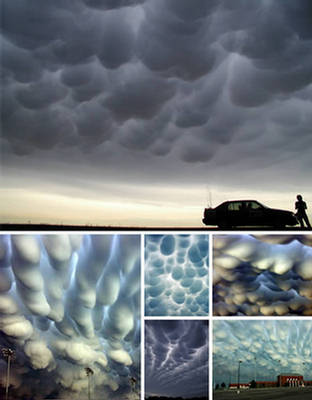
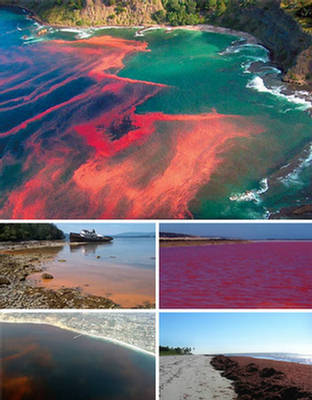
These amazing ice spikes, generally known as penitentes due to their resemblance to processions of white-hooded monks, can be found on mountain glaciers and vary in size dramatically: from a few centimetres to 5 metres in height. Initially, the sun’s rays cause random dimples on the surface of the snow. Once such a dimple is formed, sunlight can be reflected within the dimple, increasing the localized sublimation. As this accelerates, deep troughs are formed, leaving peaks of ice standing between them.
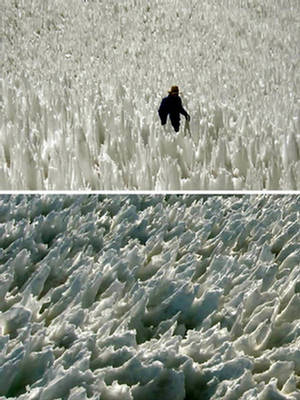

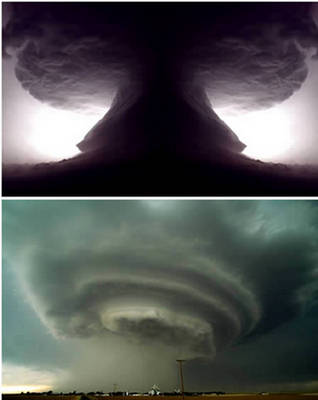
A fire whirl, also known as fire devil or fire tornado, is a rare phenomenon in which a fire, under certain conditions --depending on air temperature and currents--, acquires a vertical vorticity and forms a whirl, or a tornado-like effect of a vertically oriented rotating column of air. Fire whirls often occur during bush fires. Vertical rotating columns of fire form when the air currents and temperature are just right, creating a tornado-like effect. They can be as high as 30 to 200 ft tall and up to 10 ft wide but only last a few minutes, although some can last for longer if the winds are strong.
